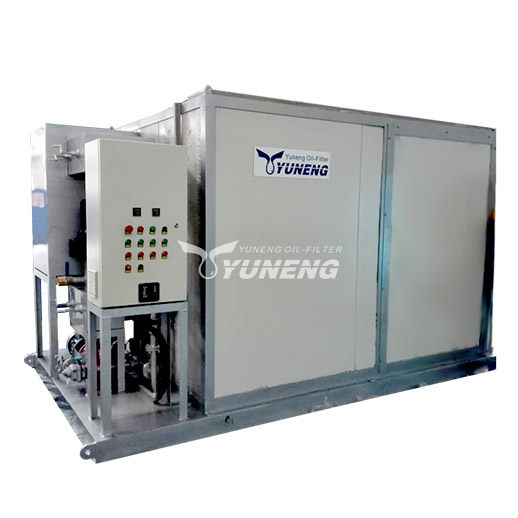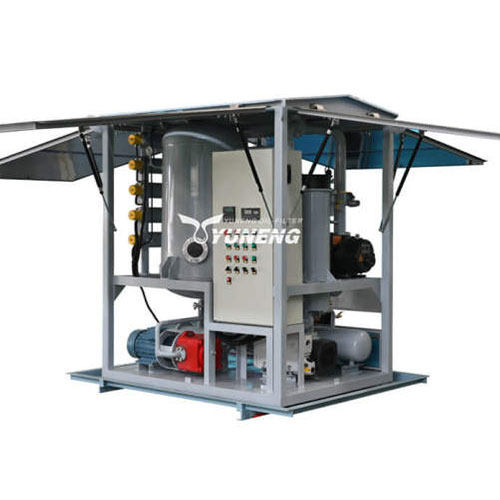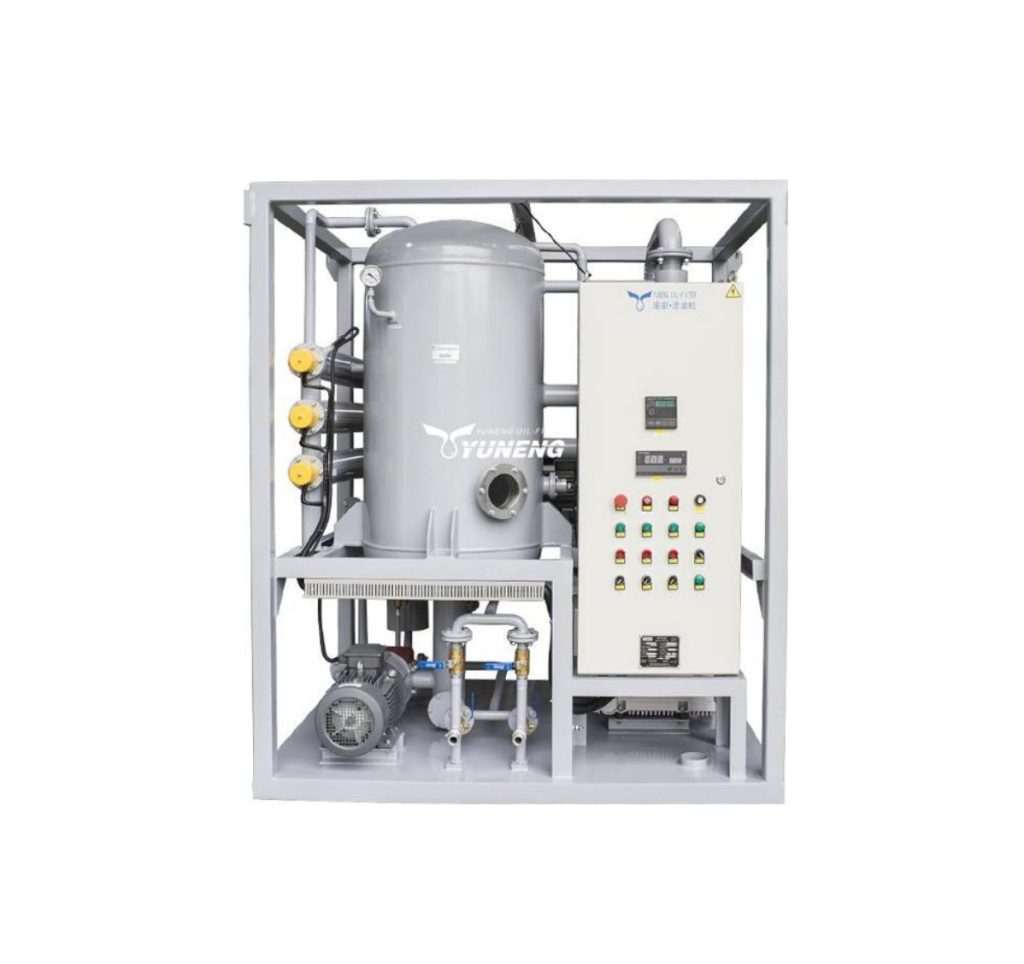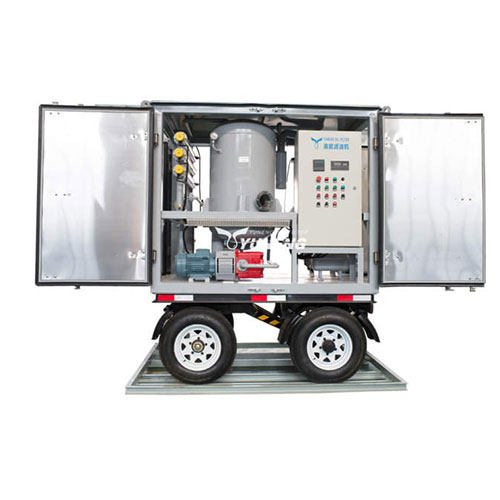Choosing the Right Transformer Oil Purifier: High Vacuum vs. Low Vacuum Systems
Table of Contents
Transformer oil is an integral component of electrical transformers, serving both as an insulator and a coolant to ensure they operate safely and smoothly. Unfortunately, as time goes on, it may become contaminated, which reduces performance and can ultimately lead to transformer failure. To extend its life and maintain quality, a vacuum oil purifier is often employed, but with multiple types available, how can one choose the appropriate one? Let’s dive deeper.
Why Transformer Need a Vacuum Oil Purifier?
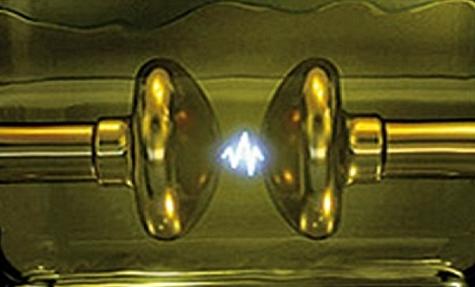
Transformers use oil as an insulating medium and coolant, protecting their internal components from electrical faults while also acting as an insulator against overheating. Over time, however, transformer oil becomes polluted with moisture, dissolved gases, and particles from its surroundings, which may become impurities that compromise its integrity, resulting in overheating or even failure of operation. Such contaminations may lead to:
- Reduced Insulation Properties: Contaminants like moisture can drastically diminish an oil’s insulating properties, leaving your transformer susceptible to electrical faults.
- Increased Risk of Overheating: Gases and moisture present in oil can interfere with its heat dissipation capabilities, increasing the likelihood of overheating.
- Decreased Transformer Lifespan: Contaminated oil has been found to accelerate wear-and-tear of transformer components, shortening their overall lifespan significantly.
Vacuum oil purifiers can restore transformer oil back to its optimal state by eliminating contaminants that impede its proper function and safety.
Processing Capacity Range for Transformer Vacuum Oil Purifiers
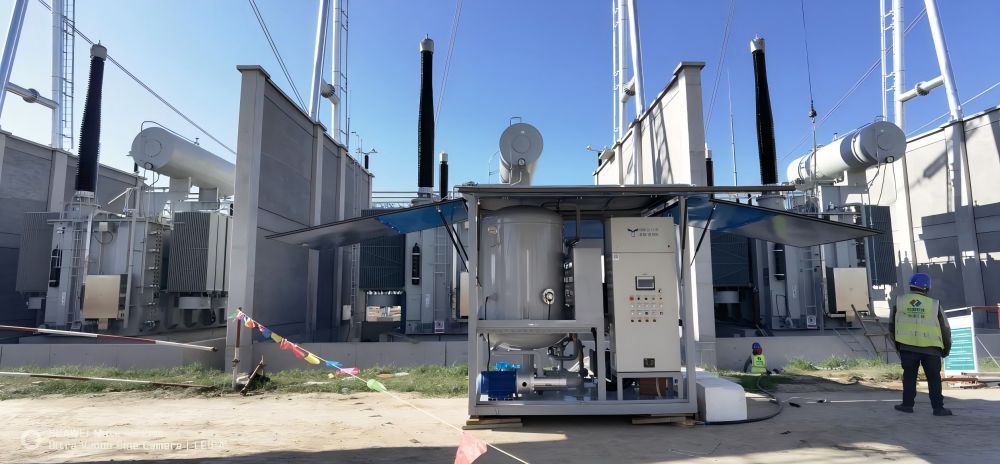
Transformer vacuum oil purifiers come in various processing capacities to meet different transformer sizes and operational needs. A purifier’s capacity is typically measured in either liters per hour (L/H) or gallons per hour (GPH), showing how much oil can be processed per time frame. Finding an efficient purification solution requires selecting an adequate processing capacity range; here is an example:
- Small-Scale Systems: Purifiers used in small-scale systems typically range from 500 L/H to 1,500 L/H of oil per hour and are ideal for smaller transformers or maintenance tasks with relatively lower oil volumes. They’re compact, easy to operate, and cost-effective solutions suitable for light duty applications.
- Medium-Scale Systems: With processing capacities ranging from 1,500 L/H to 6,000 L/H, medium-scale purifiers are well suited for medium-sized transformers or industrial applications with moderate purification needs. Their performance-to-cost ratio makes them popular choices for regular maintenance needs as well as light purification needs.
- Large-Scale Systems: Conceived for use in heavy-duty applications, large-scale purifiers have an output capacity of 6,000 L/H or greater and are suitable for large power transformers or high-volume operations that need significant amounts of oil purified quickly and efficiently. Such purifiers may be found in critical infrastructure environments or high voltage environments.
When selecting a transformer oil purifier, it’s crucial that its processing capacity aligns with both your transformer volume and desired purification timeframe. A system with insufficient processing power may lead to prolonged downtime, while an overly-sized purifier could incur unnecessary expenses. By carefully considering your requirements and expectations, you can find an optimal purifier that provides optimal performance and efficiency.
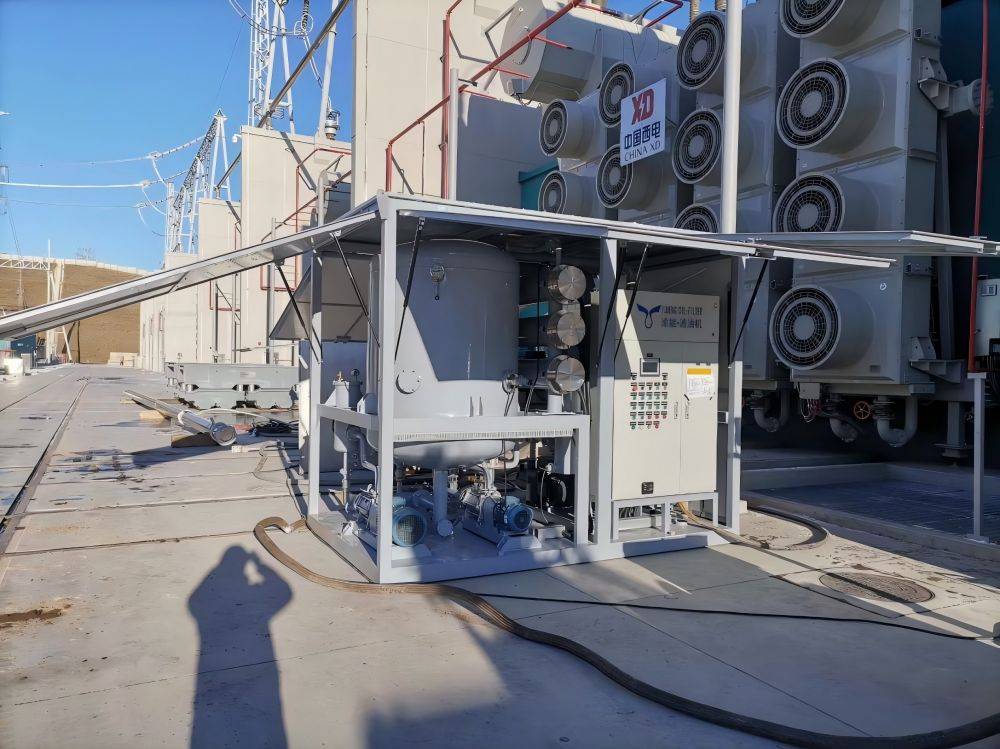
High Vacuum Transformer Oil Purifier vs. Low Vacuum Oil Purifier
To better understand the differences between high vacuum and low vacuum transformer oil purifiers, let’s break down their key features, advantages, and applications in a clear and concise comparison sheet:
| Feature | High Vacuum Transformer Oil Purifier | Low Vacuum Transformer Oil Purifier |
| Vacuum Level | Operates at a very high vacuum (typically below 1 mbar). | Operates at a moderate vacuum (50 mbar to 100 mbar). |
| Moisture Removal | Removes both free and dissolved moisture effectively. | Removes free moisture but less effective for dissolved moisture. |
| Gas Removal | Effectively removes dissolved gases and volatile compounds. | Limited ability to remove dissolved gases. |
| Processing Speed | Faster purification due to higher efficiency. | Slower processing compared to high vacuum systems. |
| Oil Purity | Achieves extremely high purity levels. | Suitable for basic purification tasks. |
| Applications | Ideal for large power transformers and critical systems. | Suitable for small transformers and routine maintenance. |
| Initial Cost | Higher upfront investment. | More affordable and budget-friendly. |
| Maintenance | Requires more complex maintenance. | Simpler to operate and maintain. |
| Best Use Case | Heavily contaminated oil or stringent purity requirements. | Light contamination or preventive maintenance. |
How to Choose the Right One?
Selecting an effective transformer oil purifier requires careful consideration of your personal needs, operational environment, and oil condition. Here’s a step-by-step guide that can help you make an informed decision:
1. Assess Your Transformer Size and Oil Volume
For large transformers with large oil volumes, high vacuum purifiers tend to be the optimal solution. Their advanced purification abilities and faster processing times make them the go-to option when handling such volumes efficiently.
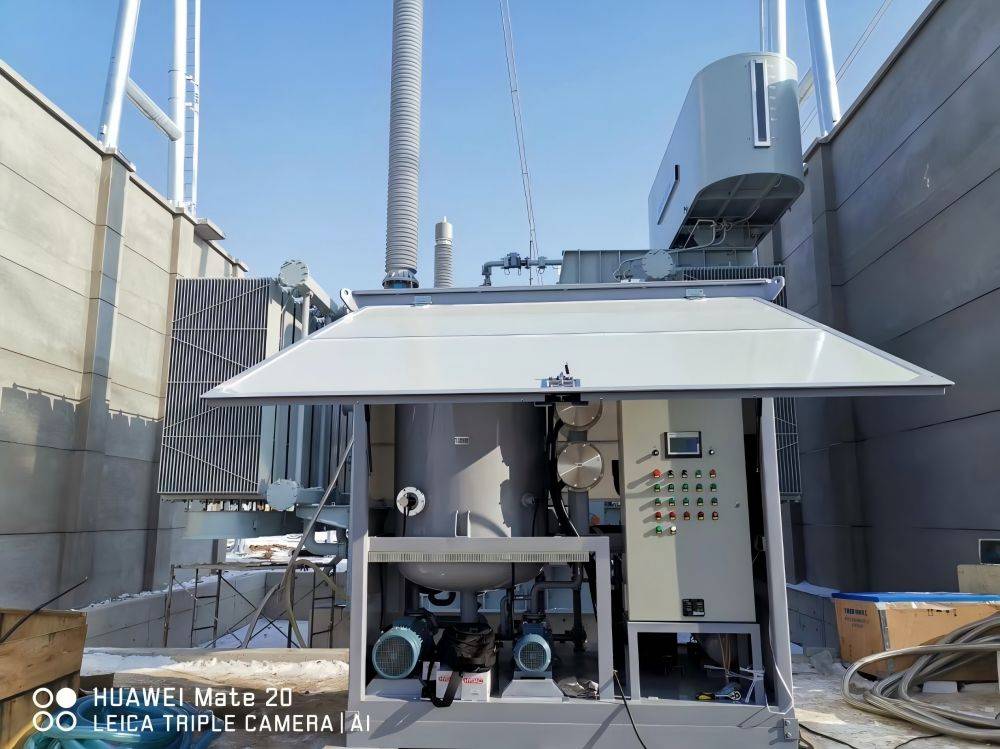
2. Assess the Level of Contamination
If your transformer oil is heavily polluted with moisture, dissolved gases, or volatile impurities, a high vacuum purifier may be beneficial in eliminating contaminants even at trace levels. Due to its ability to achieve extremely low vacuum levels, its performance ensures effective removal of even minute contaminants from its system.
3. Determine Purity Requirements
Applications that demand extremely high oil purity standards, like high-voltage transformers or critical infrastructure, such as high vacuum systems, require ensuring compliance with stringent purity requirements, decreasing the risk of transformer failure.
4. Consider Your Budget and Maintenance Capabilities
High vacuum purifiers have higher upfront costs and require more complex maintenance; however, their superior performance can bring long-term savings by increasing transformer life span and decreasing downtime.
5. Analyse Your Operational Environment
Consider where you will use the purifier. High vacuum systems tend to be more durable in harsh industrial settings, making them perfect for demanding applications.
Low vacuum systems are best suited for environments or facilities in which ease and simplicity of use is of primary concern. A low vacuum purifier offers an economical and dependable solution for consistent low volume requirements.
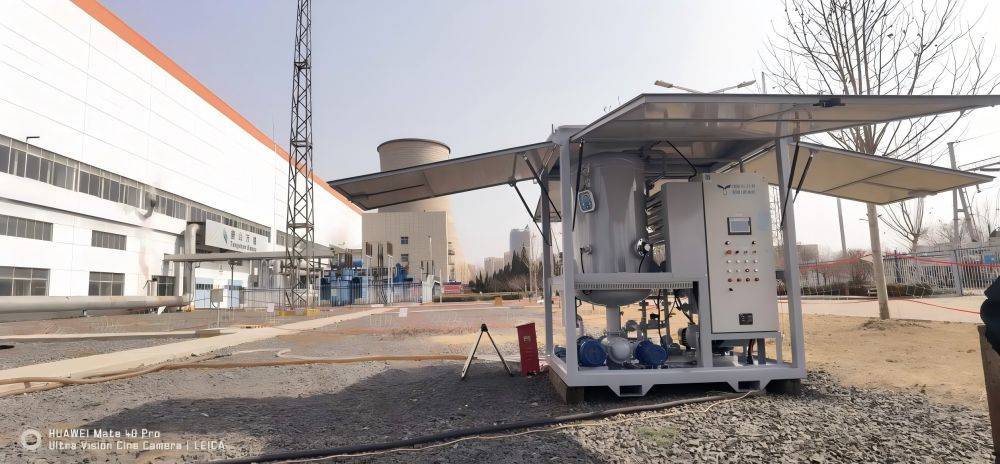
By considering these factors carefully, you can select a transformer oil purifier that best meets your operational requirements and ensure optimal performance and longevity for your transformers. No matter if it’s a high vacuum or a low vacuum purification system is chosen, with either option, the correct purifier will enhance oil quality while decreasing maintenance costs while protecting equipment.
Need to get advice about a vacuum transformer oil purifier? Contact YUNENG now, and we will reply you in 24 hours.


